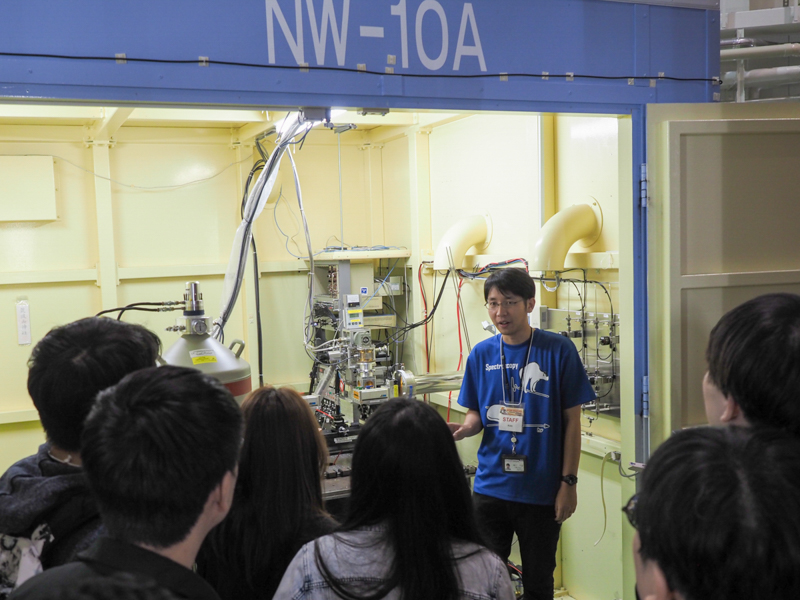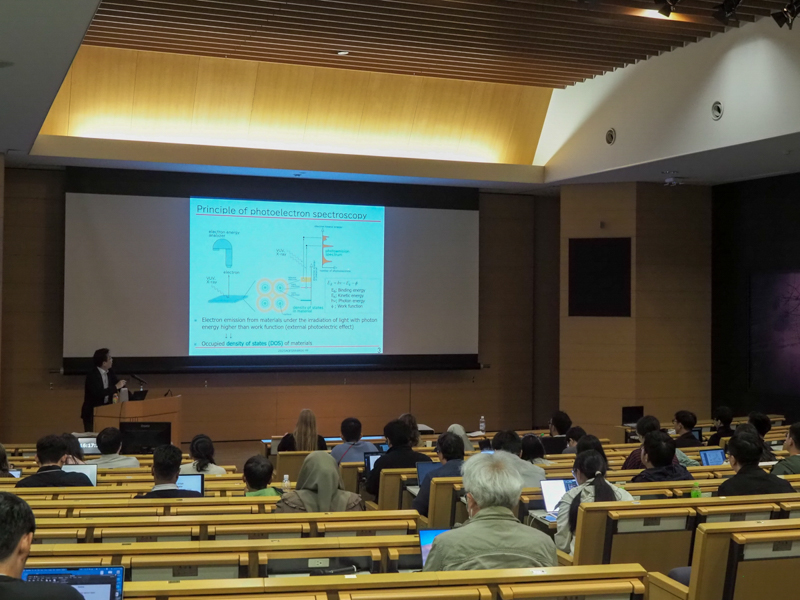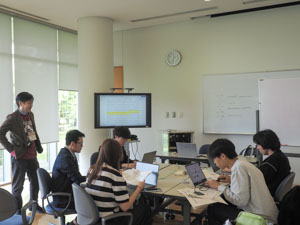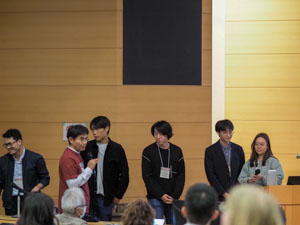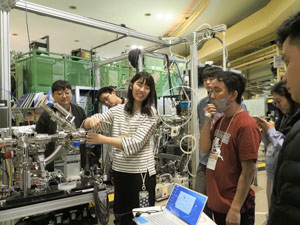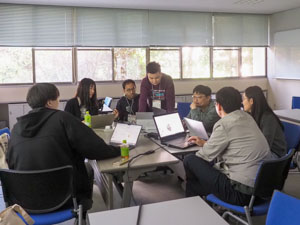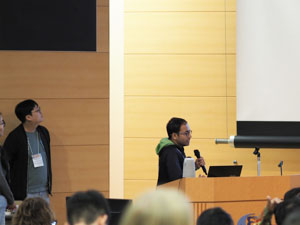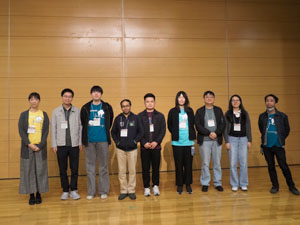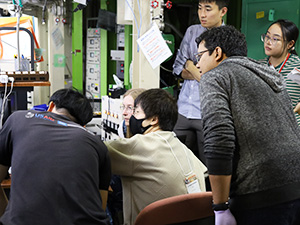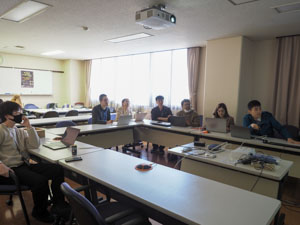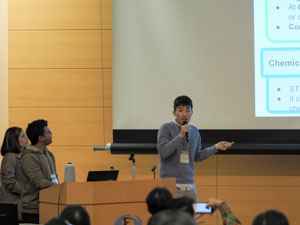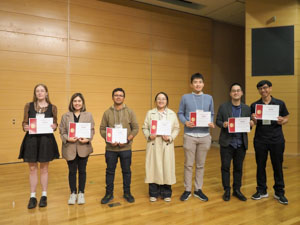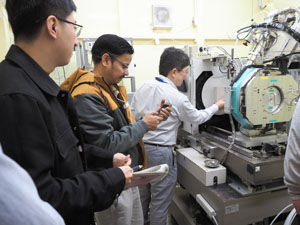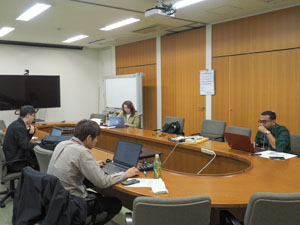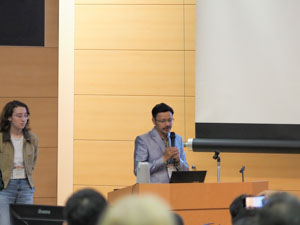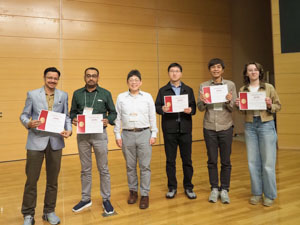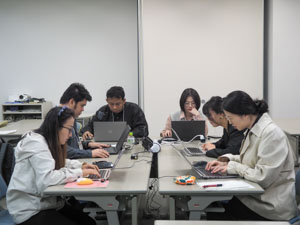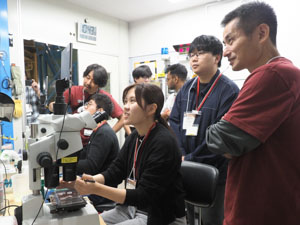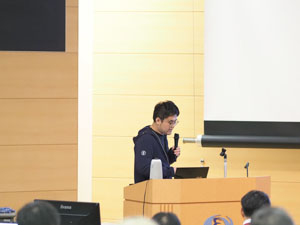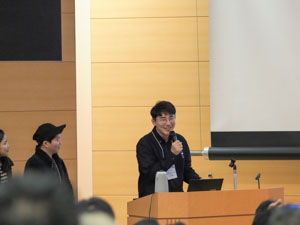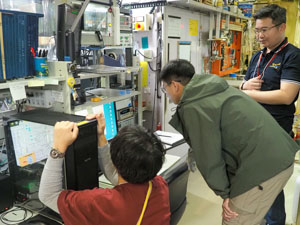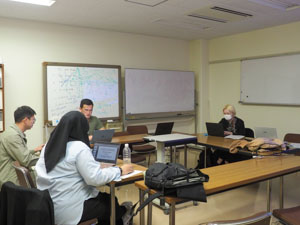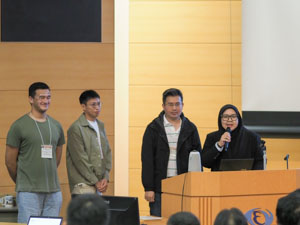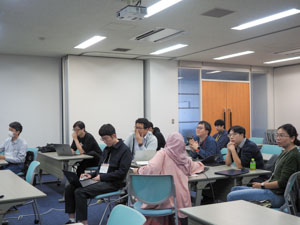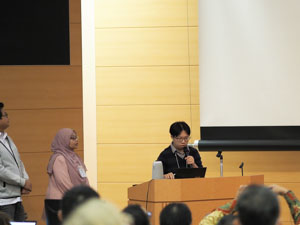
We held the 6th Asia-Oceania Forum for Synchrotron Radiation Research School (AOFSRR School 2025) from Sunday, October 19 to Friday, October 24, 2025, at the KEK Tsukuba Campus. The purpose of this school is to enhance the level and broaden the base of synchrotron radiation science in the Asia-Oceania region, as well as to cultivate human resources engaged in synchrotron radiation research. The school inherits the tradition of the Cheiron School, which was held at SPring-8 from 2007 to 2015, and the first AOFSRR School was held in 2017 at the Australian Synchrotron.
For this sixth iteration, 50 students—graduate students, postdoctoral researchers, early-career engineers, and early-career scientists—recommended by synchrotron communities in their respective countries participated and studied for six days. The 50 participants were from the following countries/regions: Japan 11, Australia 4, Korea 5, China 5, India 4, Singapore 4, Taiwan 3, Thailand 4, Vietnam 2, Malaysia 2, Indonesia 2, New Zealand 3, and the Philippines 1.
A welcome party was held on Sunday, October 19. During the opening ceremony on Monday, October 20, greetings were delivered by Prof. Shinichi Adachi, Executive Director of KEK, followed by an introduction of IMSS by Prof. Nobumasa Funamori, Director of IMSS. Then, under the moderation of Prof. Noriyuki Igarashi, Director of the Photon Factory (PF), all participants introduced themselves. The school began in a friendly atmosphere filled with laughter. After the lectures on the first day, a Tsukuba tour was organized, during which participants visited PF-AR, the accelerator ring, and the Slow Positron Facility (SPF).
The lectures on Monday, October 20, and Tuesday, October 21, focused on acquiring fundamental and practical techniques useful at synchrotron radiation facilities. In addition to lecturers from KEK, experts were invited from domestic synchrotron facilities such as SPring-8, UVSOR, and Ritsumeikan University, as well as from other universities.
On Wednesday the 22nd, the participants were divided into nine teams and conducted hands-on training using the PF beamlines. The data obtained were analyzed and presented as team results on the afternoon of Thursday, October 23. Although the time was limited, each team worked together to analyze their data and delivered high-level presentations using well-prepared, easy-to-understand slides. Finally, a closing ceremony was held, during which all participants received certificates of completion and a group photo was taken.
On the final day, Friday, October 24, the participants visited the MLF at the Tokai Campus, enjoyed an excursion to Hitachi Seaside Park, and attended the banquet at Hotel Grand Shinonome. Deepening participants’ understanding of Japan through these events is also an important aim of the school. The school also greatly strengthened the bonds among the participants.
In the post-school survey, 46 out of 50 participants responded. When asked to rate the school on a five-point scale, 91.3% selected “5: Satisfied,” and 8.7% selected “4: Somewhat satisfied,” with an average rating of 4.91. Based on these results, we conclude that the school was a great success.
In recent years, scientific and technological development in the Asia-Oceania region has advanced remarkably, and in the field of synchrotron radiation science, new facilities are being constructed and high-level technical skills are increasingly required. We hope that the knowledge, experience, and networks gained during this school will contribute to shaping the future of synchrotron radiation science.


